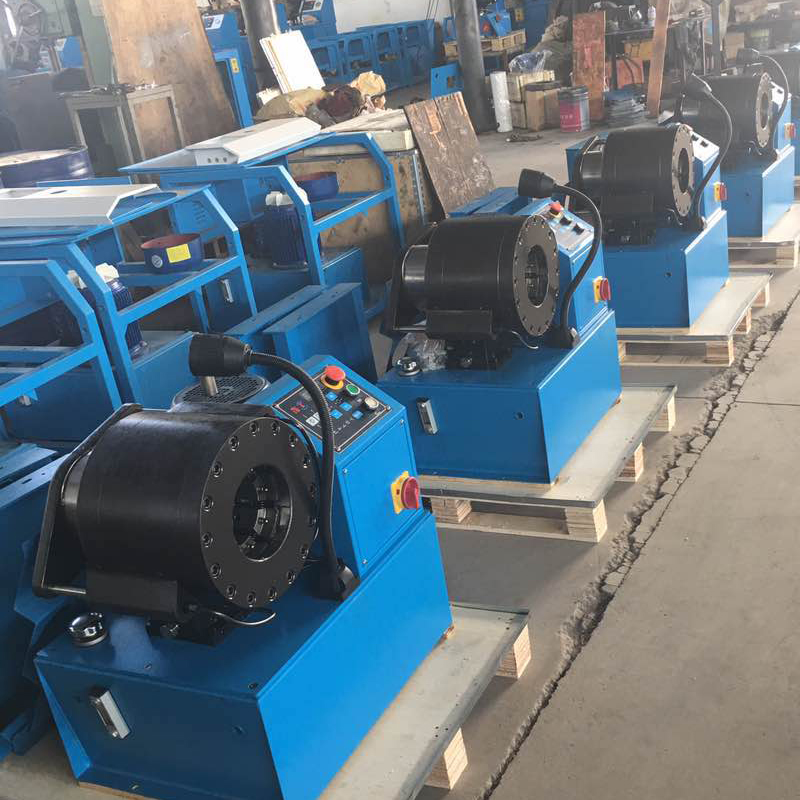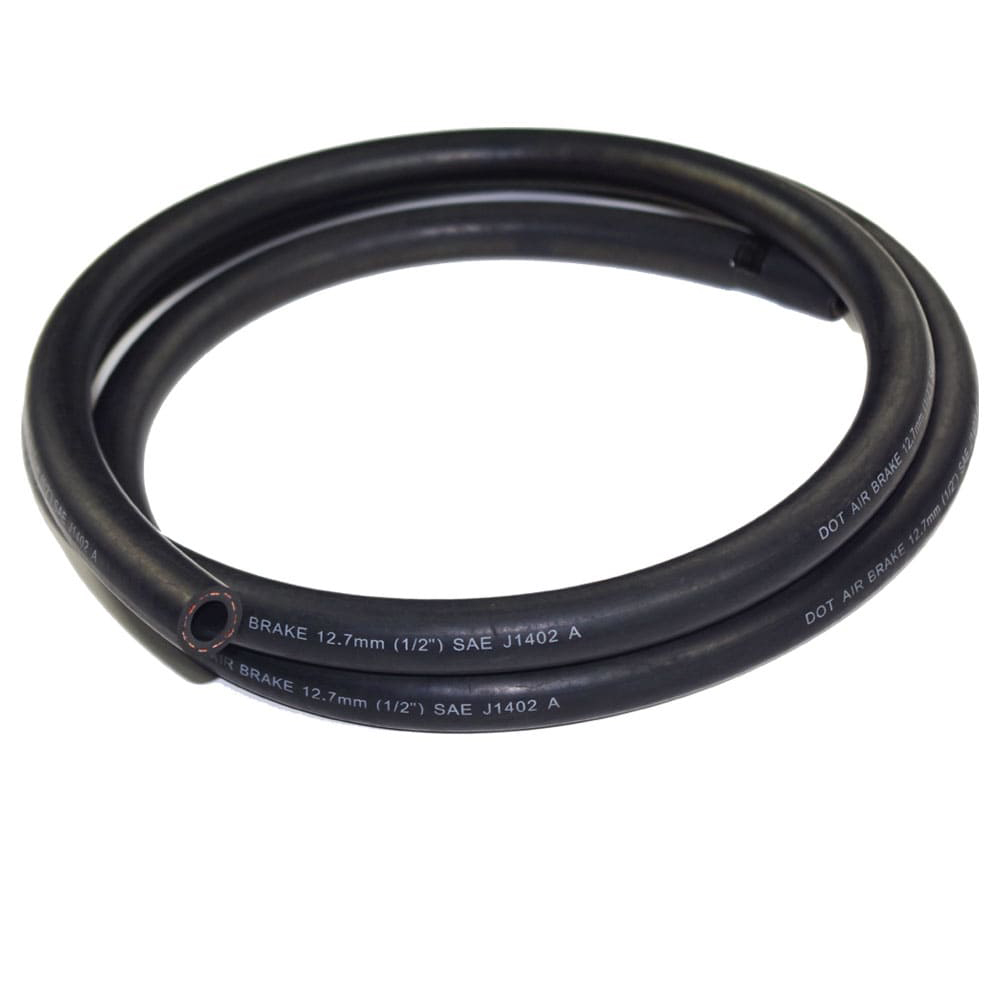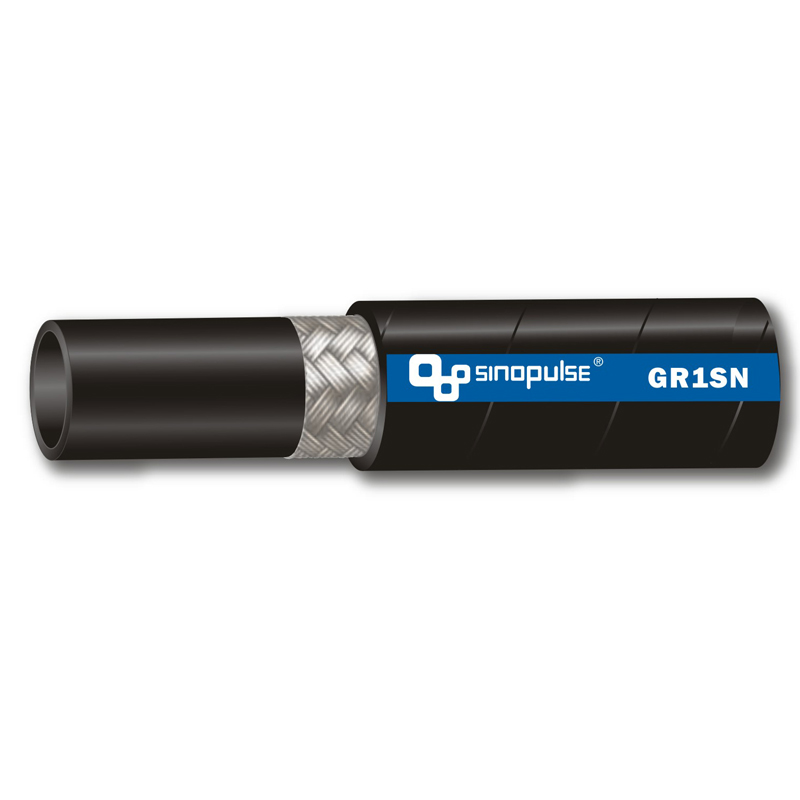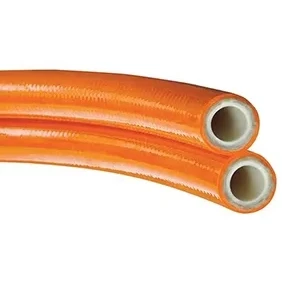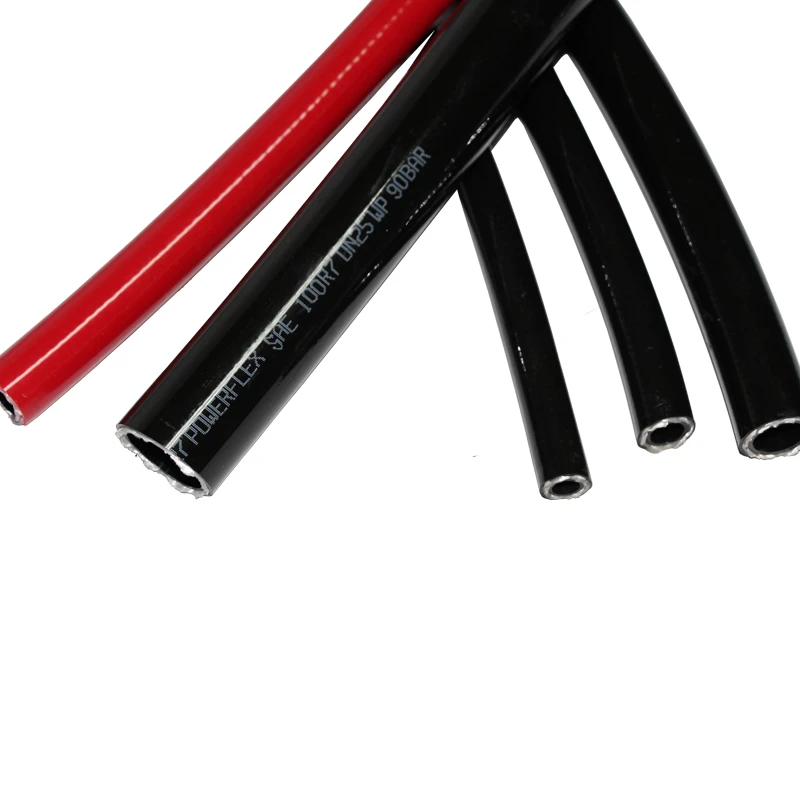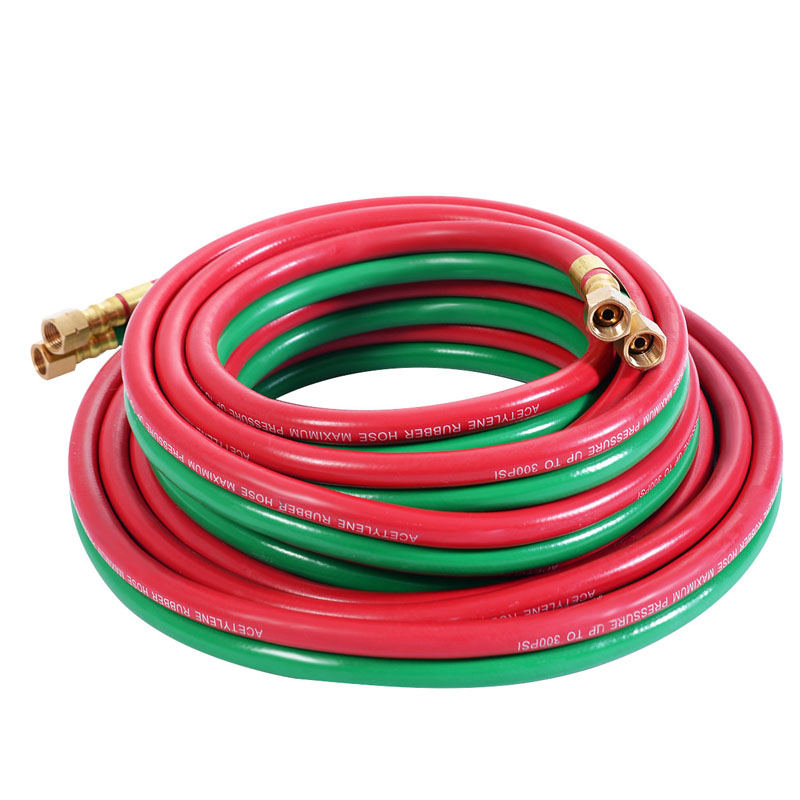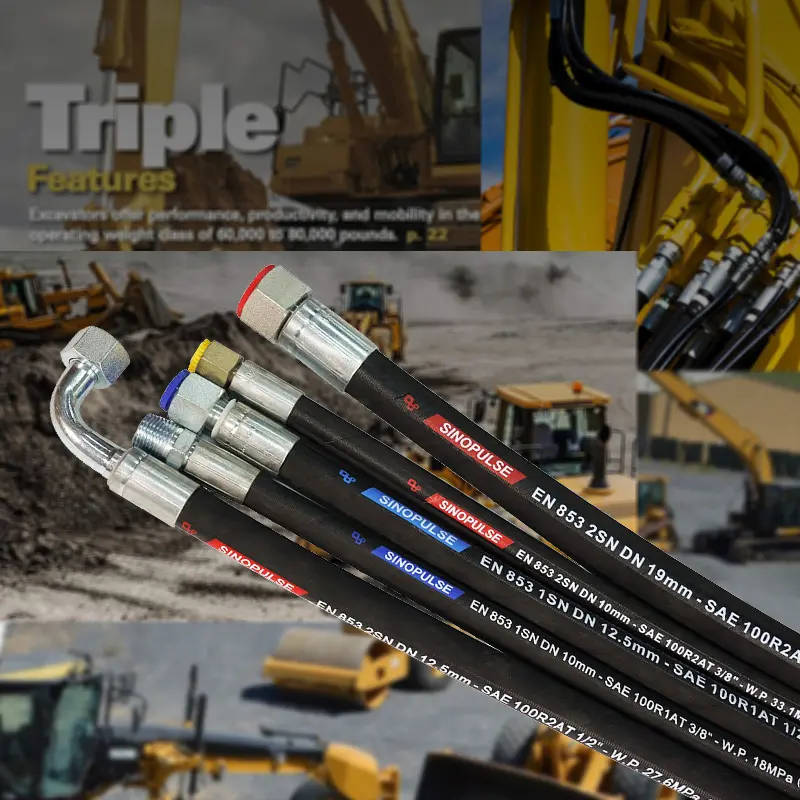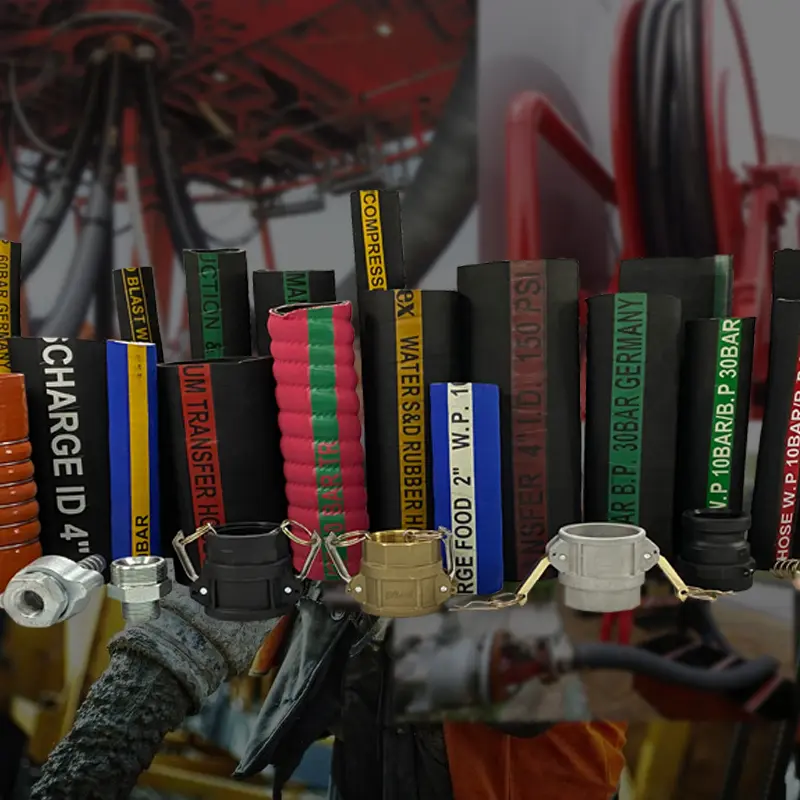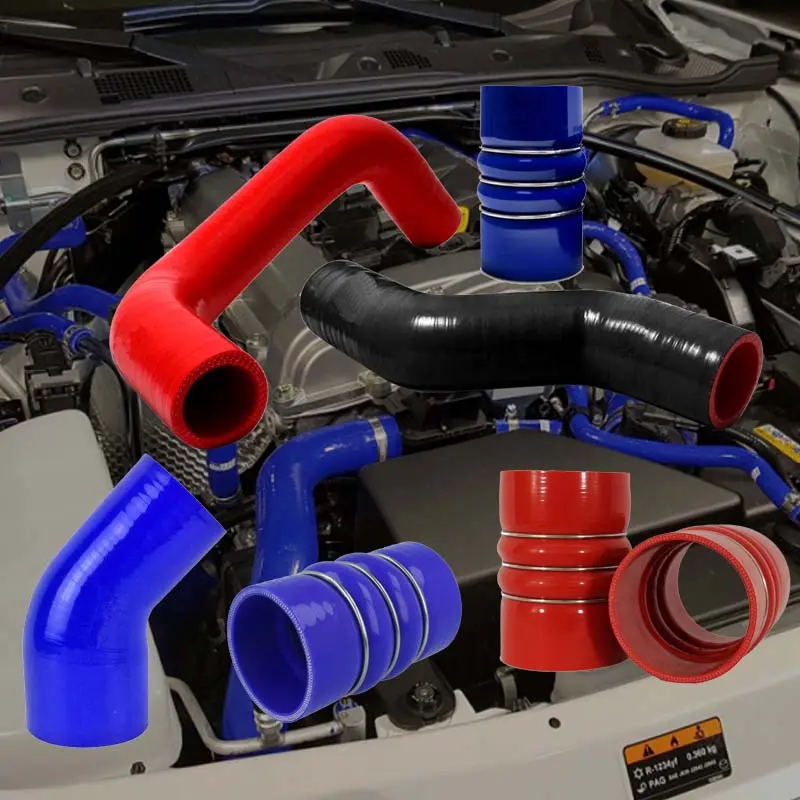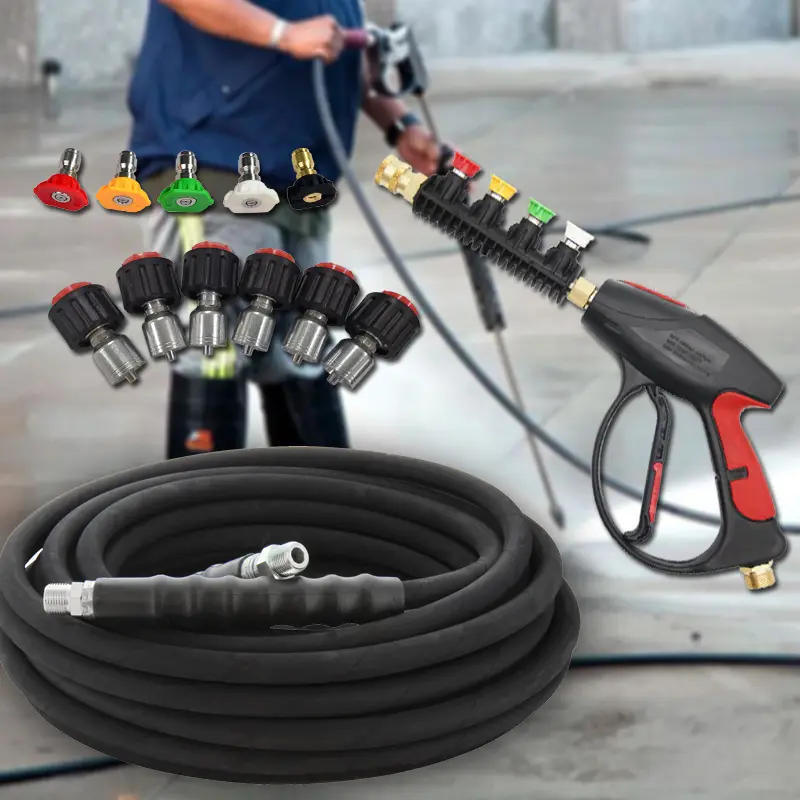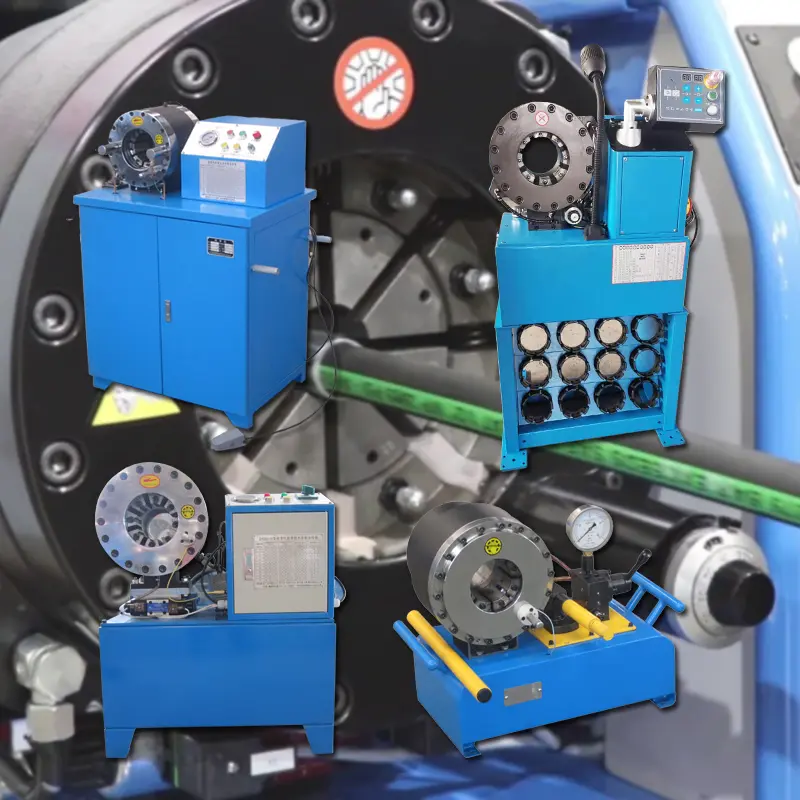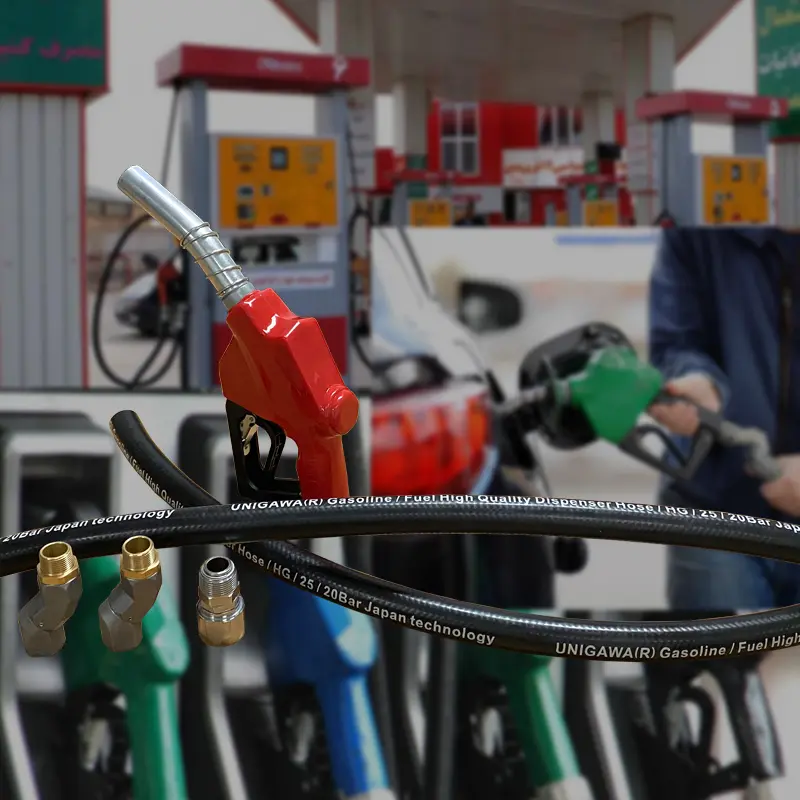U hose crimper machine serves as a fundamental tool in hose manufacturing and repair, designed to create secure connections between hoses and fittings. This specialized equipment uses mechanical force to compress the hose material around the fitting, forming a tight, leak-proof bond that withstands pressure and environmental stress. Available in various sizes and configurations, the hose crimper machine accommodates different hose diameters, from small air conditioning hoses to large industrial hoses used in heavy machinery. Its precision engineering ensures consistent crimping results, with adjustable pressure settings to match the specific requirements of different hose types, whether rubber hydraulic hose or industrial hoses. Operators can quickly swap out dies to handle various fitting types, making the machine versatile enough for both production lines and repair shops.
Hydraulic Hose Crimper is a heavy-duty variant of crimping equipment optimized for high-pressure hydraulic hose assemblies
Unlike standard models, this machine generates significantly more force—often ranging from 30 to 300 tons—to compress the thick, reinforced layers of hydraulic hoses. The hydrolic hose crimper’s power comes from a hydraulic pump system that delivers steady pressure throughout the crimping cycle, ensuring uniform compression even on multi-layered hoses used in construction, agriculture, and automotive applications. Its robust frame and precision-machined dies prevent distortion during crimping, maintaining the hose’s internal diameter to avoid flow restrictions. Many models feature digital controls to set exact crimping dimensions, reducing the risk of over-crimping that could weaken the hose or under-crimping that might cause leaks.
Air Hose Crimping Tool offers a portable solution for crimping smaller diameter hoses commonly used in pneumatic systems
Powered by compressed air, this lightweight tool provides sufficient force for crimping air hoses and low-pressure fluid lines without the need for heavy electrical or hydraulic setups. Air Hose Crimping Tool is ideal for field repairs, automotive garages, and small-scale assembly operations where mobility is essential. Its ergonomic design allows one-handed operation, with quick-change die sets that enable operators to switch between different hose sizes efficiently. The tool’s consistent air pressure delivery ensures reliable crimp quality, creating connections that resist vibration and pressure fluctuations typical in pneumatic applications.
Hose crimping tools encompass a broad category of devices ranging from manual hand tools to semi-automatic machines, all focused on creating secure hose-fitting connections
Manual versions of Hose Crimping Tool use lever action to generate crimping force, suitable for low-volume, light-duty applications such as garden hoses or small industrial hoses. Semi-automatic models combine manual operation with mechanical assistance, reducing operator fatigue while maintaining precision. These tools often include built-in gauges to monitor crimping pressure, ensuring each connection meets industry standards for strength and tightness. The adaptability of Hose Crimping Tool makes it indispensable across industries, from automotive repair to agricultural equipment maintenance.
Hose press machines operate principle
This machine applies uniform pressure across the entire circumference of the hose and fitting, making it ideal for hoses with non-circular cross-sections or those requiring extra-wide crimps. Hose Press Machine often features adjustable jaws that can accommodate irregular shapes, providing a secure bond in custom hose assemblies used in industrial machinery and heavy equipment. Its slow, controlled pressing action minimizes material stress, preserving the hose’s flexibility and pressure resistance after assembly. Many modern models integrate digital displays to set and store crimping parameters, ensuring repeatability across production runs.
In summary, the Hose Crimper Machine is a comprehensive suite of equipment essential for reliable hose assembly. Each tool is engineered to address specific application needs, from portable air-powered tools for small hoses to heavy-duty hydraulic crimpers for high-pressure systems. Their precision ensures leak-proof connections that withstand the demands of automotive, industrial, and agricultural environments. By providing consistent, adjustable compression, these tools maintain hose integrity, prevent fluid loss, and extend the service life of hose assemblies. As hose technology advances, these crimping solutions continue to evolve, integrating digital controls and ergonomic designs to enhance efficiency and reliability in hose manufacturing and repair.
Hose Crimper Machine FAQs
1. What are the key features to look for in a high-quality hose crimper machine?
A reliable hose crimper machine should offer precise pressure control to ensure consistent crimping force across different hose diameters. Look for models with digital pressure gauges and automatic shut-off functions to prevent over-crimping. The machine should support multiple die sets to accommodate various hose and fitting sizes, and its construction should use hardened steel components for long-term durability. Advanced models may include programmable settings for different crimping profiles, reducing setup time for batch production.
2. How does a hose crimper machine ensure secure and leak-proof connections?
The hose crimper machine applies uniform radial pressure to compress the fitting onto the hose, creating a permanent, high-pressure seal. Precision-engineered dies match the exact specifications of the hose and fitting combination, eliminating gaps that could lead to leaks. Many machines incorporate real-time monitoring systems that verify each crimp meets pre-set tolerances, rejecting any substandard connections automatically. Properly crimped hoses can withstand extreme hydraulic pressures and vibration without failure.
3. What maintenance procedures are essential for keeping a hose crimper machine in optimal condition?
Regular lubrication of moving parts prevents wear and maintains smooth operation. Operators should inspect dies for signs of deformation or damage before each use, as worn dies can compromise crimp quality. Hydraulic systems require periodic fluid changes and filter replacements to prevent contamination. Cleaning accumulated debris from the crimping head and checking electrical connections for corrosion are also critical. Manufacturers typically recommend annual calibration to ensure pressure accuracy remains within specified tolerances.
4. Can a single hose crimper machine handle different types of hydraulic hoses?
Modern hose crimper machines are designed with interchangeable die systems that adapt to various hose constructions, including braided, spiral-wire, and thermoplastic types. The machine's adjustable pressure settings allow operators to work with different reinforcement layers, from single-wire braid to high-pressure multi-spiral hoses. Some advanced models feature automatic recognition systems that detect hose specifications and adjust crimping parameters accordingly, significantly reducing setup errors in shops handling diverse hose assemblies.
5. What safety features should be present on industrial-grade hose crimper machines?
Essential safety components include two-handed operation controls to prevent accidental activation and emergency stop buttons within easy reach. Machines should have physical guards around moving parts and hydraulic systems to protect operators from pinch points. Overpressure relief valves prevent dangerous hydraulic system failures, while thermal sensors can shut down the unit if critical components overheat. Many industrial models also incorporate light curtains or laser scanners that halt operation if hands enter the crimping zone during the cycle.
Applicazione di u produttu









